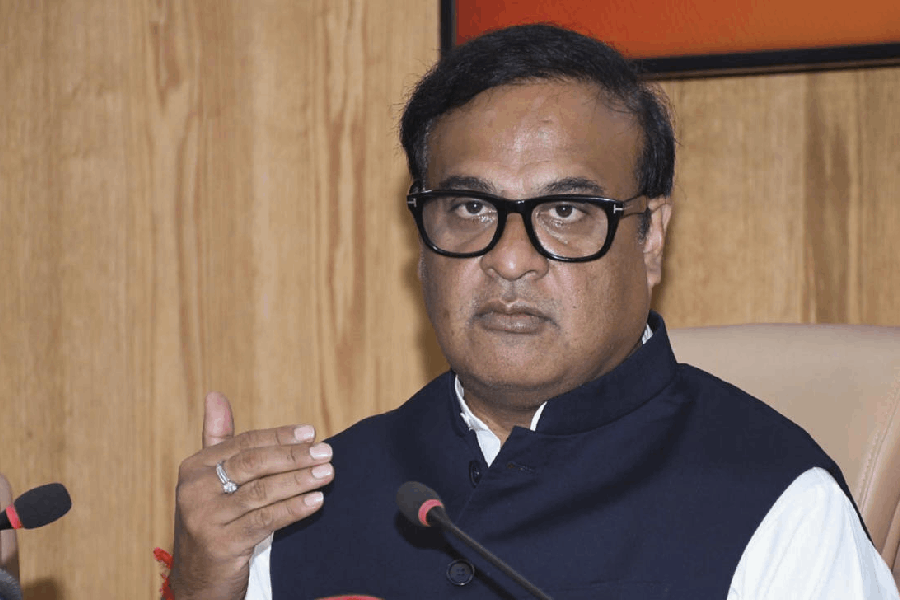Book: GREAT EASTERN HOTEL
Author: Ruchir Joshi
Published by: Fourth Estate
Price: Rs 1499
Entertaining and riotously audacious: that is one way of describing Great Eastern Hotel. The novel, set primarily in Calcutta of the 1940s, takes into account several events that marked India’s political landscape of that time: the passing away and the funeral of Rabindranath Tagore in 1941 (which sets the tone of the novel), the Second World War, the Bengal Famine, and the changing political world views of the Congress and the Muslim League figure in it prominently.
There is a motley group of people — Nirupama, Imogen, Kedar Lahiri, Gopal, Jeremy Lambert, and Paul Bonnemaison — who are at the centre of Great Eastern Hotel’s narrative. These individuals are from different walks of life and have diverse lifestyles. Nirupama is a student of history and a cadre of the Communist Party of India; Imogen is an Englishwoman; Lahiri, an art-lover, dreams of following in the footsteps of Paul Cézanne; Gopal, who is proficient in pickpocketing, is given a “promoshon” by his unscrupulous ustad to black-marketing and other nefarious activities. Ustad, incidentally, bears eerie similarities to Fagin, a character in Charles Dickens’s Oliver Twist.
To make the novel exciting, Joshi intertwines their lives with characters like Lambert and Bonnemaison as well as a couple of sex workers, an American jazz player, and an heiress. The American musician and Bonnemaison are intricately associated with the Hotel in that they work there; Bonnemaison, we are informed, is a skilled French chef; the jazz player usually performs at the nightclub.
The lives of all these individuals are connected with the Great Eastern Hotel in some way or the other. In fact, a large part of the plot unfolds in this luxurious and coveted institution besides, of course, in the city of Calcutta. Through the lives of Nirupama, Imogen, Lahiri, Gopal and others, Joshi attempts to shed light on the complex and the contradictory nature of public affairs in India during the War years. Sociopolitical themes, such as anti-colonialism, anti-fascism, nationalism, and the nature of the British raj, jostle for space in this book while political figures like M.K. Gandhi, Jawaharlal Nehru, M.A. Jinnah and Subhas Bose make frequent appearances in the characters’ dialogues.
Deftly written, the book unfolds in the form of a first-person narrative. The narrator, several decades later, sets out to catalogue Kedar’s valuable paintings for a planned art exhibition and simultaneously narrate the experiences of the novel’s characters. Bringing alive the mid-1940s- Calcutta and peppered with linguistic playfulness, Joshi’s novel makes for delightful reading.










